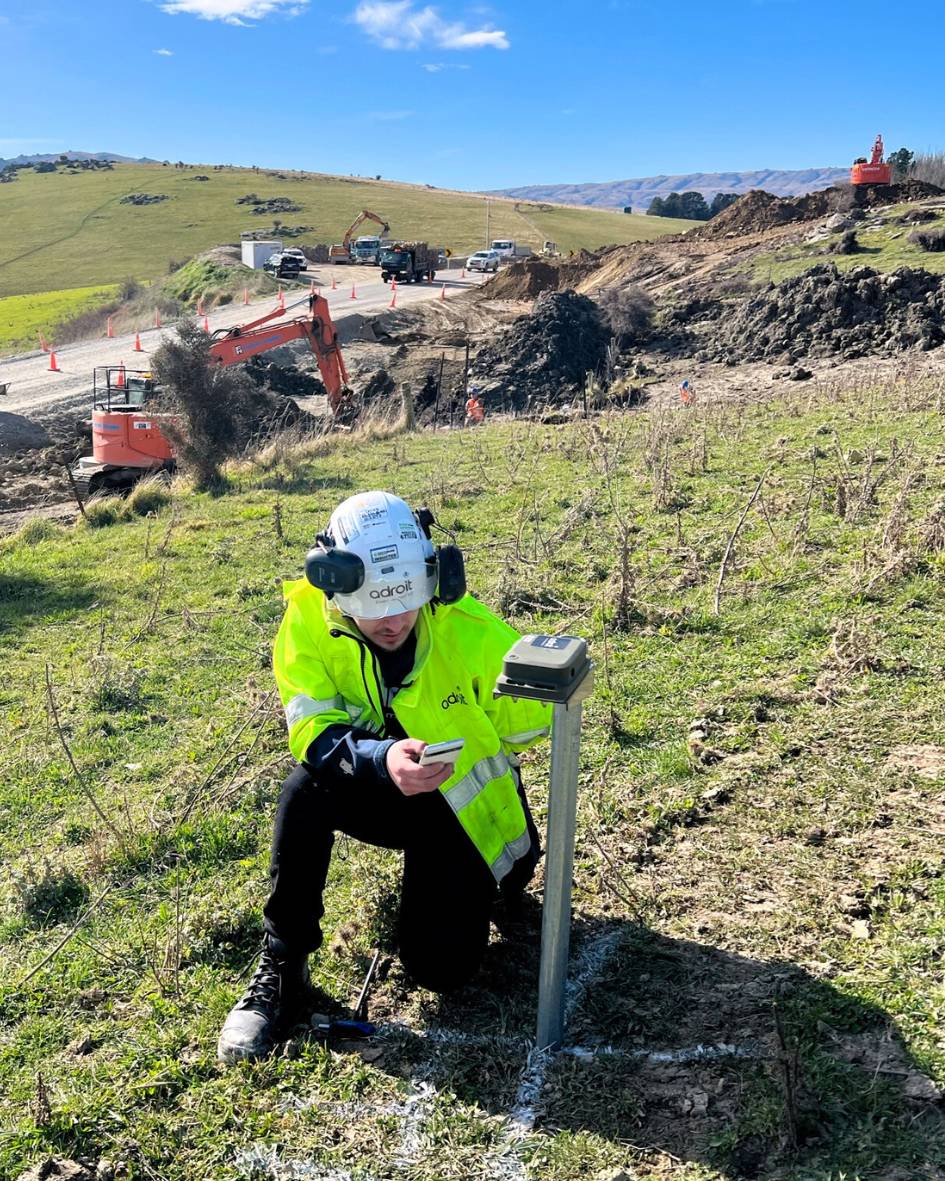NZTA: New Technology for Slip Monitoring Trialled on a South Island Highway
This has seen Waka Kotahi NZ Transport Agency racing to catch up with required repair work to our roads throughout the country.

The EWS Tiltmeter utilises either the Spark IoT or Iridium satellite network to transmit highly accurate rotational data in two axes, and pick up land movement as slips start to happen, or give early warning that one may be starting.
It is the only unit available in New Zealand that has the option of satellite connectivity for remote locations without IoT network coverage. And being battery powered with a 5-year expected battery life, it has the advantage that it can operate through any kind of natural disaster when normal communications are lost.

A huge benefit of these units is that each device can communicate individually. Multiple units can be placed in an area and don’t need a base station. There’s low cell coverage in this area as well, so we’re able to connect to the Iridium satellite network.

With the slip threatening to fall onto the State Highway, Waka Kotahi wanted to monitor its progress. Working with Adroit, they placed the five Tiltmeters on poles in and around the slip area, in areas of both ‘known’ and ‘unknown’ stability.
“It’s all about setting a baseline to see what movement we’re facing.

As yet there are no alerts configured on the Tiltmeters on the slip, but this is planned for future installations and potentially for providing data for a Trigger Action Response Plan (TARP), where alerts are triggered at particular levels of movement.
And in the future, Choveaux says he can see the potential for units that could be rapidly rolled out to multiple slip areas after a significant weather event – to take the pressure off recovery teams and increase safety for roading crews and the public.
“So, once we get beyond this, we’ll be able to really test how far we can use these,” Choveaux says.
“We’ve only looked at Tiltmeters at the moment, but there are VWPs (Vibrating Wire Piezometers) which accurately measure the pore water pressure of the ground, and extensometers – devices that are used to measure changes in the length of an object – and other things as well, which we could look to in the future,” he says.

Global Business Development Manager for EWS, Liam Jeffares is a Kiwi himself, so he knows all about the local terrain and the struggle with cellular coverage and communication networks in New Zealand.
He is understandably enthusiastic about the Waka Kotahi trial and the potential for EWS Tiltmeters in New Zealand.
Before our product was released on the market, there was no option for this kind of remote monitoring at scale without the need for a radio network or a cellular network for communications.
Whereas ours are all individual transmitters, which allows the scalability and the ability to have a distributed network and not have to worry about communication infrastructure to get that data out
They partnered with Adroit earlier this year to bring their wide range of sensors to the New Zealand marketplace. Their EWS Telemetry Tiltmeter in particular is a product that Jeffares believes has large applications in New Zealand.
“In the past you would have to install gateways and try and get line of sight radio connection back to a centralized transmitter and things like that, which involves not only more cost, but more risk for critical monitoring when you’ve got a single point of failure for any network,” says Jeffares.
